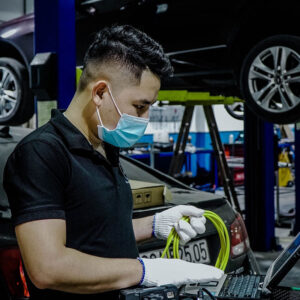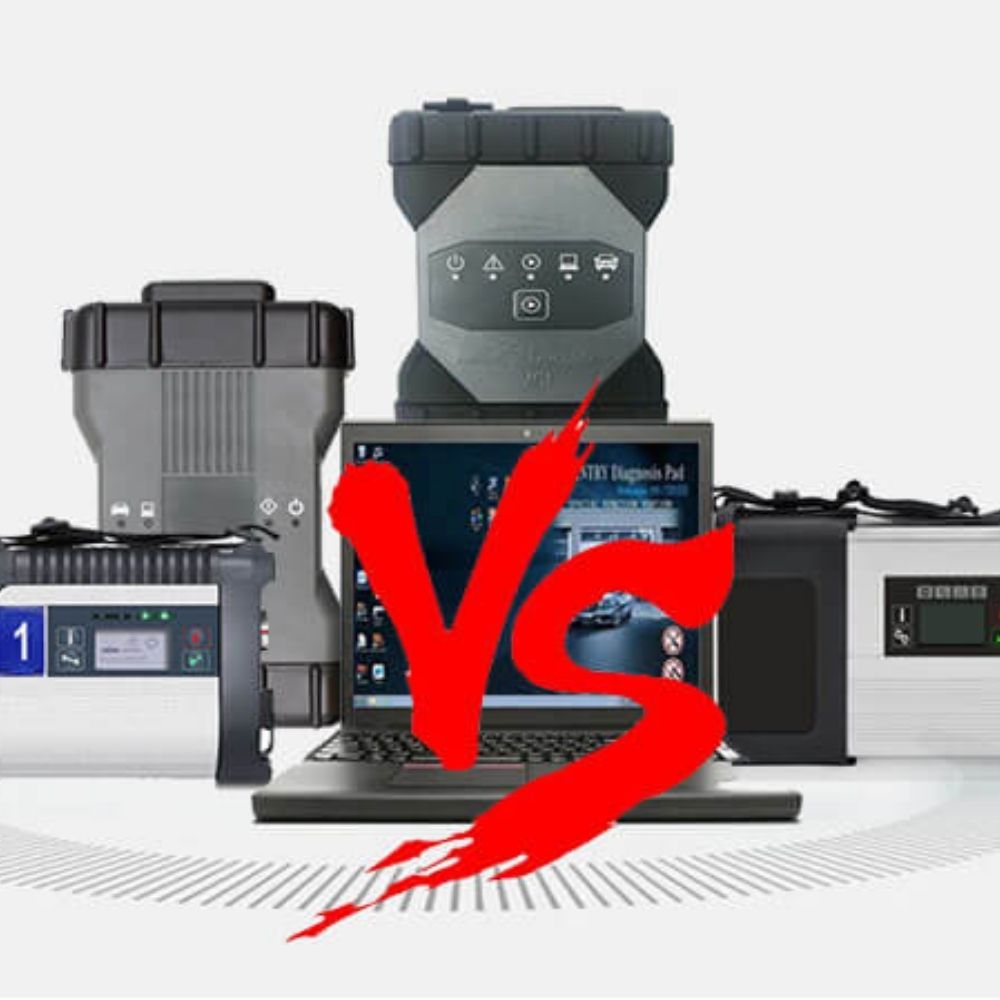
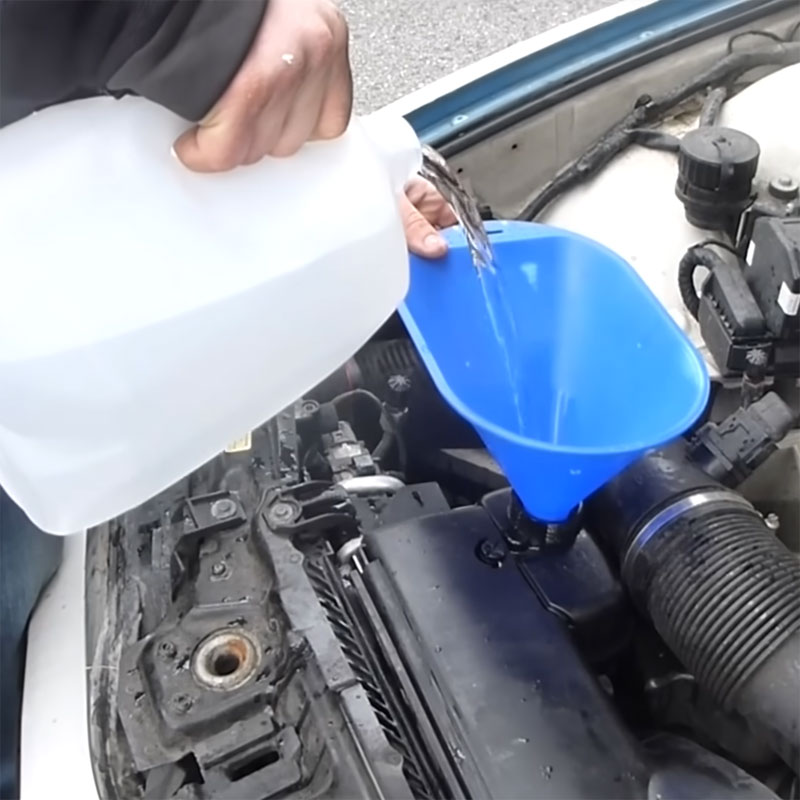
How to Flush Engine Coolant: A Comprehensive Guide
Contents
- Why Flush Your Engine Coolant?
- When Should You Flush Your Engine Coolant?
- Tools and Materials You’ll Need
- Step 1: Prepare Your Vehicle
- Step 2: Drain the Old Coolant
- Step 3: Flush the Cooling System (Optional but Recommended)
- Step 4: Rinse with Distilled Water
- Step 5: Refill with Fresh Coolant
- Step 6: Bleed Air from the Cooling System
- Step 7: Dispose of Old Coolant Safely
- Pro Tips for a Successful Coolant Flush
- Common Mistakes to Avoid
- Conclusion
- FAQ
- Need More Help?
Knowing How To Flush Engine Coolant is a crucial part of car maintenance. A proper coolant flush removes contaminants, prevents overheating, and keeps your engine running smoothly. Ignoring this vital task can lead to costly repairs down the road. This guide will provide a step-by-step process on how to effectively flush your engine coolant, whether you’re a seasoned mechanic or a DIY enthusiast.
Why Flush Your Engine Coolant?
Over time, engine coolant degrades, losing its protective properties and becoming acidic. This can lead to corrosion within the cooling system, damaging vital components like the water pump, radiator, and even the engine block itself. Flushing your coolant removes these contaminants and replenishes the system with fresh coolant, ensuring optimal performance and longevity.
When Should You Flush Your Engine Coolant?
- According to Your Vehicle’s Maintenance Schedule: Consult your owner’s manual for the recommended coolant flush interval. Generally, it’s every 24,000 to 36,000 miles or every two to three years.
- Discolored or Rusty Coolant: If your coolant appears brown, rusty, or murky, it’s a clear sign that it needs to be flushed.
- Overheating: Frequent overheating can indicate a contaminated cooling system, requiring a coolant flush.
- Low Coolant Level: If you frequently need to top off your coolant, it might signify a leak or contamination. A flush can help identify potential issues.
Tools and Materials You’ll Need
- New Coolant: Use the type recommended in your owner’s manual.
- Distilled Water: Avoid using tap water as it contains minerals that can harm your cooling system.
- Coolant Flush Solution (Optional): Helps remove stubborn deposits.
- Drain Pan: To collect the old coolant.
- Funnel: For pouring in the new coolant.
- Gloves and Eye Protection: Coolant is toxic, so protect yourself.
- Wrench or Pliers: For loosening and tightening hose clamps.
- Rags or Paper Towels: For cleaning up spills.
How to Flush Engine Coolant
Step 1: Prepare Your Vehicle
✅ Ensure the engine is completely cool to avoid burns.
✅ Park on a flat surface for proper drainage.
✅ Identify key components: radiator cap, drain plug, and coolant reservoir (check your owner’s manual if needed).
Step 2: Drain the Old Coolant
🔹 Place a drain pan under the radiator’s drain plug or lower radiator hose.
🔹 Remove the radiator cap to release pressure.
🔹 Open the drain plug or disconnect the lower radiator hose to let the coolant drain completely.
🔹 Once drained, securely close the drain plug or reconnect the hose.
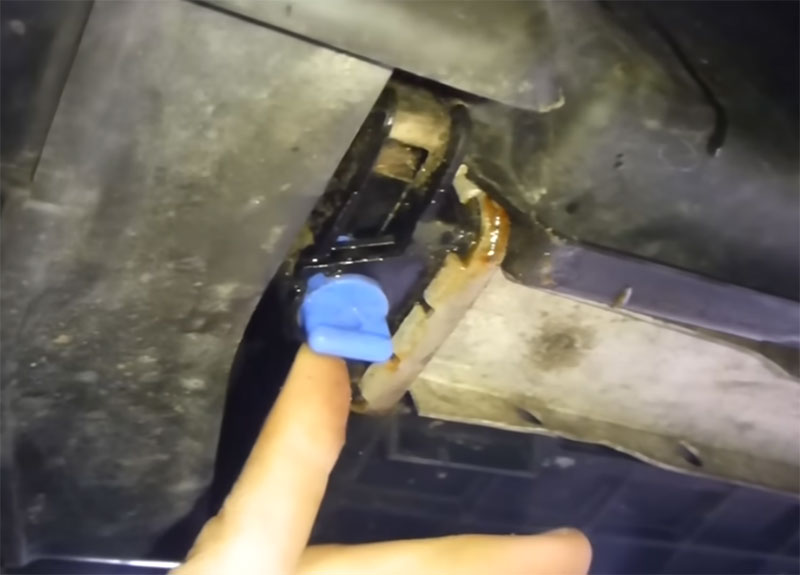
Step 3: Flush the Cooling System (Optional but Recommended)
➡ Using a Radiator Flush Product
- Pour the flush solution into the radiator.
- Fill the system with distilled water as per the product instructions.
- Start the engine and let it run for 10–15 minutes to circulate the solution.
- Turn off the engine, let it cool, then drain the system again.
Step 4: Rinse with Distilled Water
🔄 Refill the radiator with only distilled water (no coolant).
🚗 Start the engine and let it run for 10–15 minutes to flush out any remaining contaminants.
🔄 Turn off the engine, let it cool, and drain once more.
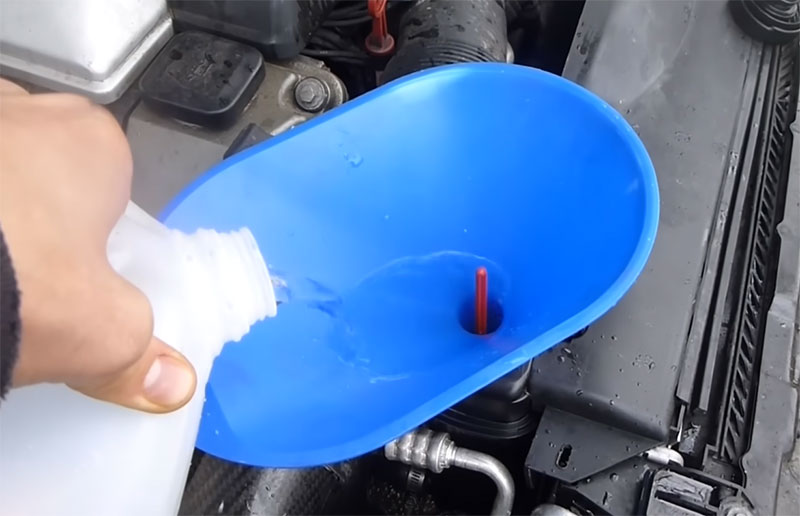
Step 5: Refill with Fresh Coolant
✅ Check your owner’s manual for coolant type and system capacity.
✅ If using concentrated coolant, mix it 50:50 with distilled water before adding.
✅ Use a funnel to refill the radiator and top off the reservoir.
Step 6: Bleed Air from the Cooling System
🔧 Start the engine with the radiator cap off and let it reach operating temperature.
🔥 Turn on the heater at full blast to circulate coolant through the system.
💨 Watch for air bubbles escaping from the radiator (this removes trapped air).
🔄 Once bubbling stops, turn off the engine, let it cool, and recheck coolant levels.
Step 7: Dispose of Old Coolant Safely
⚠ Coolant is toxic—never pour it down drains or into soil.
♻ Take it to a recycling center, auto shop, or hazardous waste facility for proper disposal.
Pro Tips for a Successful Coolant Flush
✔ Always use distilled water to prevent mineral buildup.
✔ Inspect hoses, clamps, and radiator components for wear or leaks.
✔ Check coolant levels after driving a few miles post-flush to ensure proper circulation.
By following this guide, you’ll extend your engine’s lifespan, prevent overheating, and maintain peak performance. 🚗💨
Common Mistakes to Avoid
- Using the Wrong Coolant: Different coolants have different properties. Using the incorrect type can damage your engine.
- Not Flushing the System Thoroughly: Residual old coolant can contaminate the new coolant, reducing its effectiveness.
- Overfilling the System: This can lead to pressure buildup and potential leaks.
- Ignoring Leaks: If you notice a leak, address it immediately. A small leak can quickly become a big problem.
Conclusion
Flushing your engine coolant is a straightforward process that can significantly extend the life of your engine. By following these simple steps and avoiding common mistakes, you can ensure your cooling system is running efficiently and protecting your vehicle from costly damage. Remember to consult your owner’s manual for specific recommendations for your vehicle.
FAQ
- How often should I flush my engine coolant? Every 2-3 years or according to your owner’s manual.
- Can I use tap water instead of distilled water? No, tap water contains minerals that can harm your cooling system.
- What happens if I don’t flush my coolant? It can lead to corrosion, overheating, and engine damage.
- How much does a coolant flush cost? The cost varies but is generally affordable.
- Can I flush my coolant myself? Yes, it’s a relatively easy DIY task.
- What type of coolant should I use? Consult your owner’s manual for the recommended type.
- What are the signs that my coolant needs flushing? Discolored coolant, overheating, or frequent low coolant levels.
Need More Help?
Contact us via Whatsapp: +1(936)2896695, email [email protected] or visit us at 4590 Angus Road, New York, United States. Our 24/7 customer support team is ready to assist you.

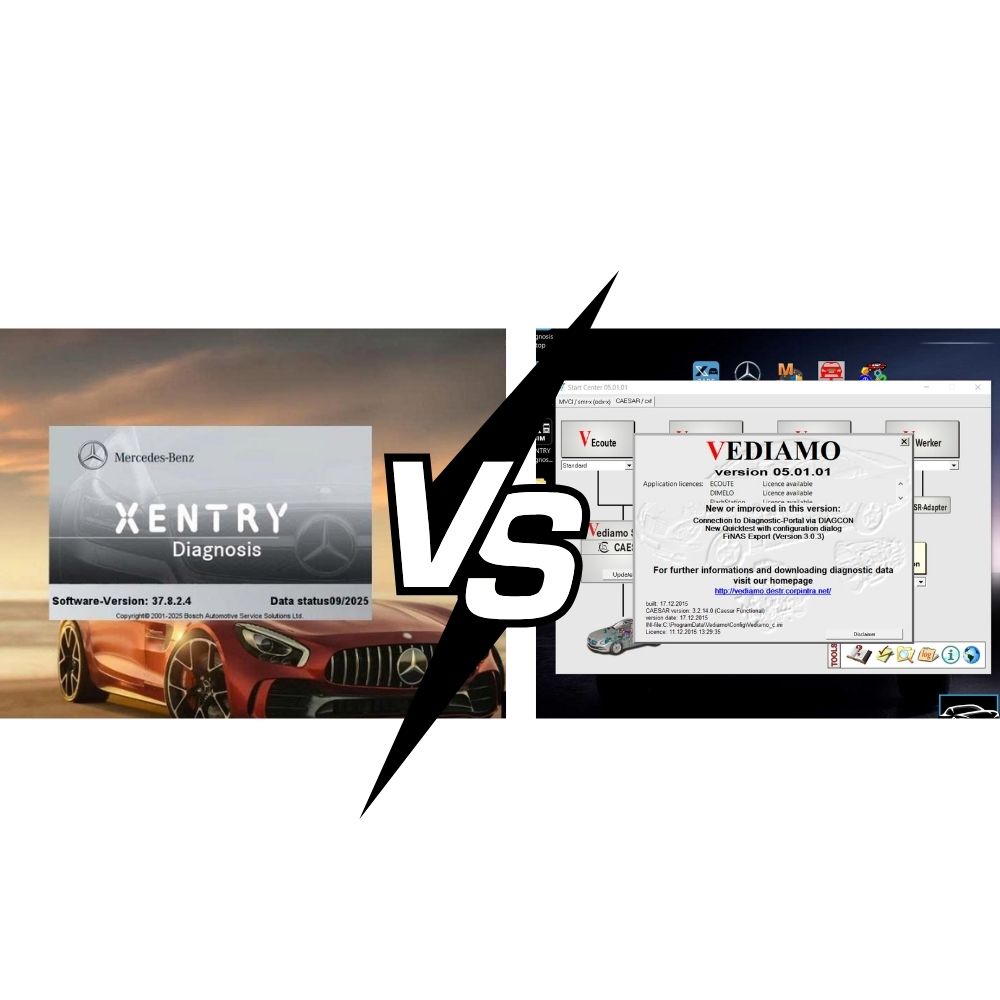
Vediamo vs Xentry: What’s the Difference?
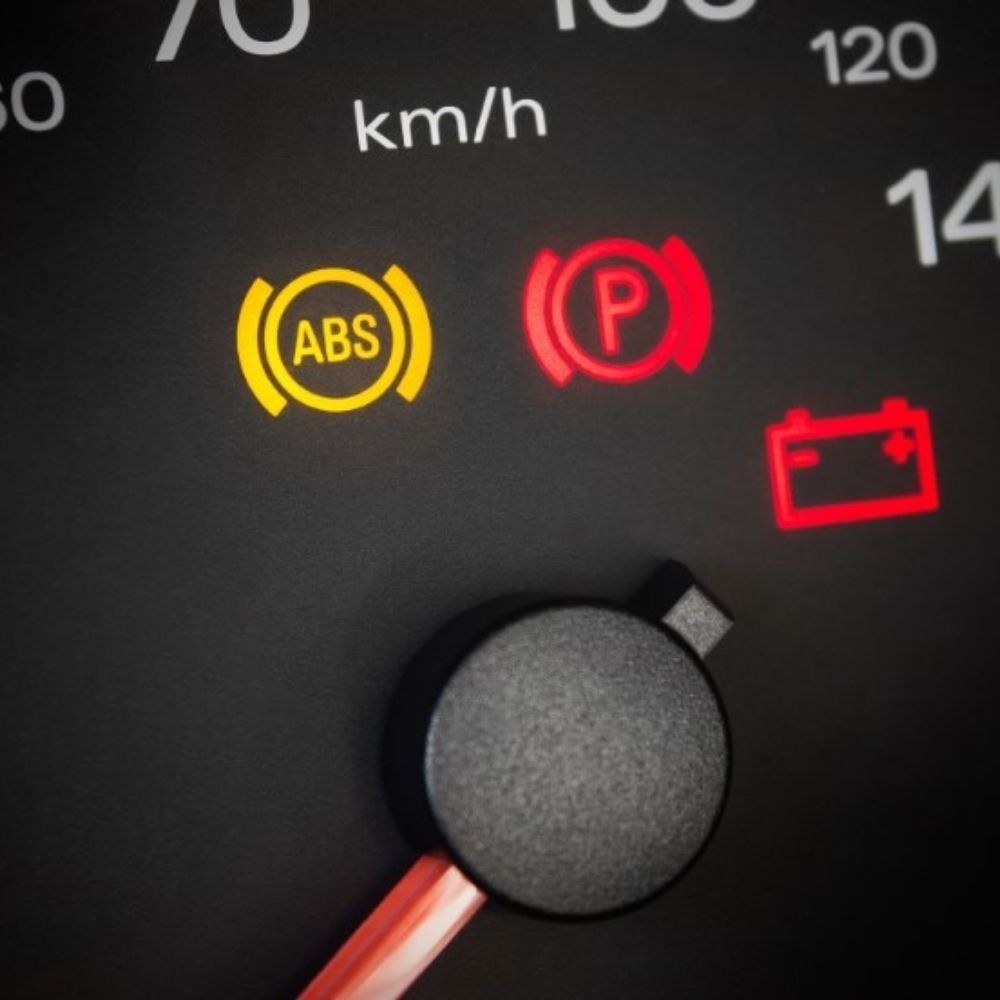
Why Did My ABS Light Come On? Four Reasons Update Latest
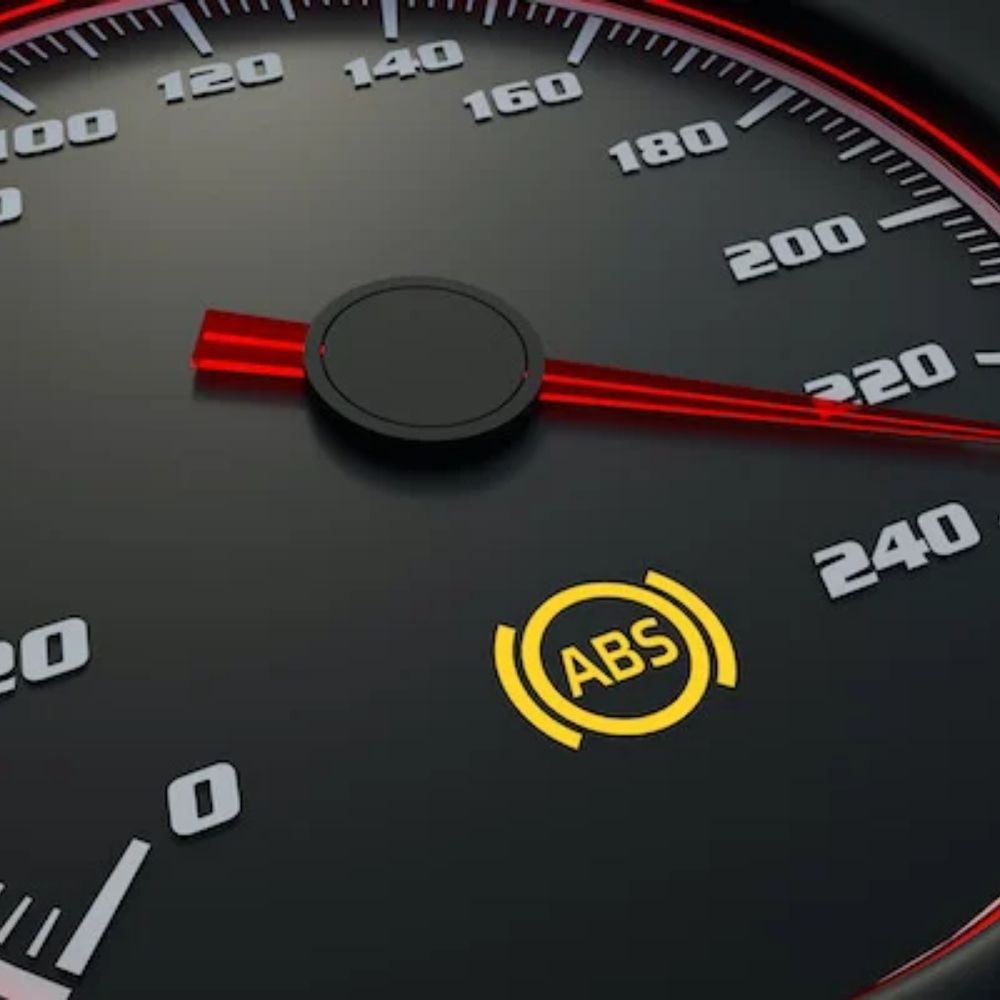
ABS Auto Brake Service – Anti-Lock Brake Service Cost



